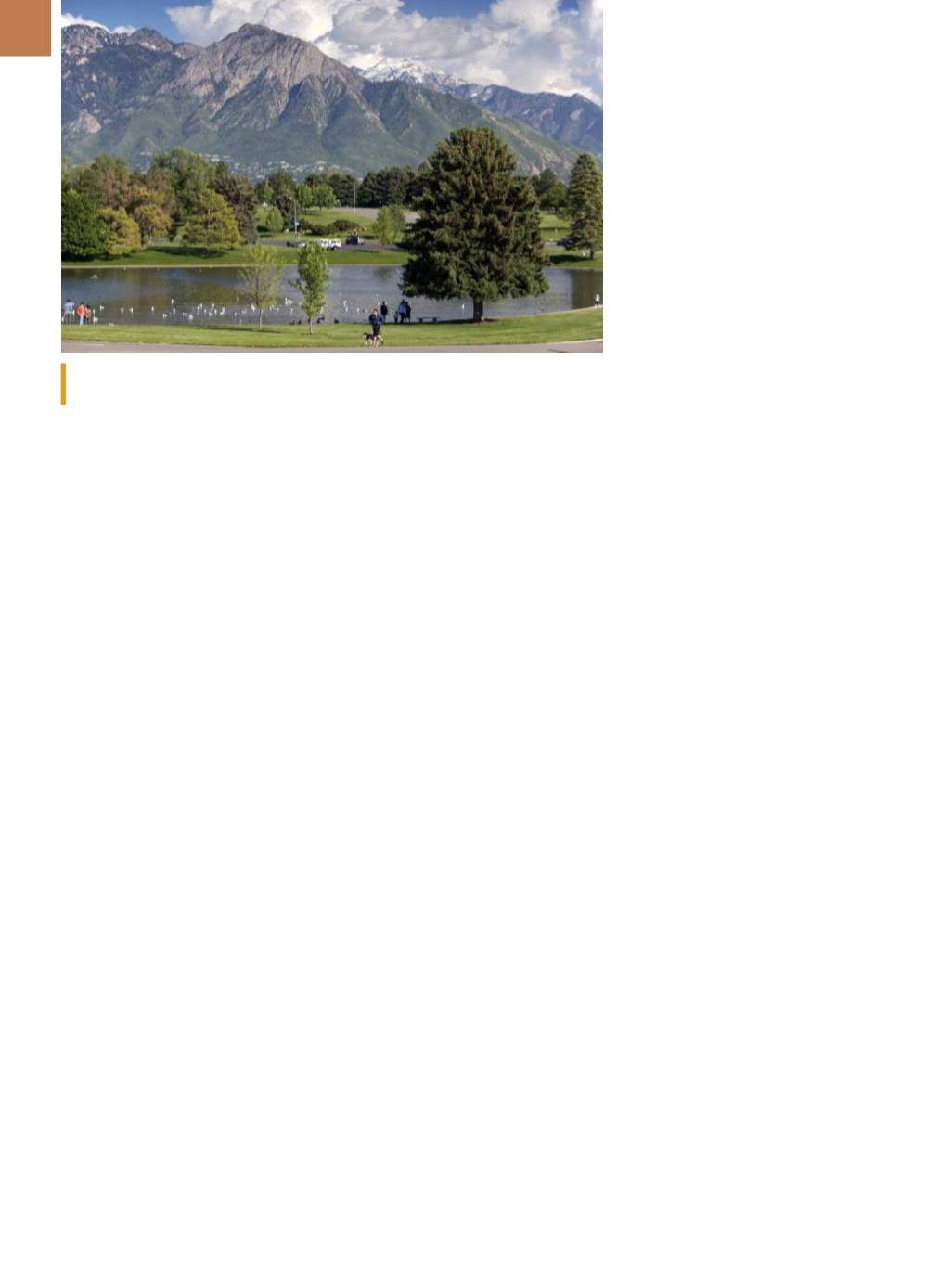

A D V A N C E D M A T E R I A L S & P R O C E S S E S | S E P T E M B E R 2 0 1 6
2 4
researchers can now explore structure
at scales where chemical and physi-
cal phenomena occur, allowing more
confident identification and control of
ultimate properties. In-situ and in-ope-
randi tools provide critical insight into
the complicated and rapidly changing
environments in which real materials
perform, challenging hypotheses and
assumptions and forcing the develop-
ment of more rigorous analysis.
TECHNICAL PROGRAM
MS&T16 focuses on 11 major sym-
posia themes covering the breadth of
materials science and engineering.
These include additive manufacturing;
biomaterials; ceramic and glass materi-
als; electronic and magnetic materials;
energy; fundamentals, characteriza-
tion, and computational modeling; iron
and steel (ferrous alloys); materials-en-
vironment interactions; nanomaterials;
processing and manufacturing; and
special topics.
EDUCATION COURSES
SUNDAY, OCTOBER 23
Additive Manufacturing of Metals
8:30 a.m. – 12:00 p.m.
Instructor: Eric Bono
This course looks at some of the
conditions and what impact they may
have on final components as well as
how to manage and control them to
yield the best possible parts. Different
additive manufacturing (AM) processes
will be compared and contrasted as to
how they manipulate the starting pow-
der and how that affects the ultimate
material properties.
A Design Mindset for Additive
Manufacturing
8:30 a.m. – 4:30 p.m.
Instructor: Howard A. Kuhn
This short course focuses on a
formalized approach to design for
AM by briefly reviewing the materials
and characteristics of AM processes,
describing various research accom-
plishments and successful commercial
applications, and summarizing these
observations into a set of rules, proce-
dures, and mindset for realizing genu-
ine value propositions for AM inmetallic
and ceramic materials.
Computational Modeling of Thermal
Processes for Metallic Parts
8:30 a.m. – 4:30 p.m.
Instructor: B. Lynn Ferguson
This one-day course covers a por-
tion of the broad field of computation
modeling of materials, but it will illus-
trate the concepts of integrated compu-
tational materials engineering (ICME).
Computational modeling of thermal
processing of metallic parts is the focus,
with emphasis on microstructure con-
trol, dimensional change, and stress
during and as a consequence of the
process.
Correlative Light and Electron
Microscopy of Metals
12:00 – 4:30 p.m.
Instructor: John Peppler
Light microscopy and electron
microscopy each offer specific advan-
tages and limitations when applied
to the analysis of metallic materials.
Correlating light microscopy images
obtained with a variety of illumination
and contrast techniques to SEM/EDS
images at the same locations provides
valuable information for interpretation
of results.
Essential Microstructure
Interpretation
8:30 a.m. – 4:30 p.m.
Instructor: Frauke Hogue
This one-day course focuses on
practical interpretation, phase dia-
grams, and thermodynamics. Slides of
over 200 structures will be observed to
find out and discuss what each struc-
ture tells about the type of material,
manufacturing methods used, heat
treatment, mechanical properties, and
sometimes even failure modes.
Failure Mechanisms and Analysis
8:30 a.m. – 12:00 p.m.
Instructor: Ronald J. Parrington
This half-day short course is based
on the very popular ASM course:
Princi-
ples of Failure Analysis
. Whether made
of metallic or nonmetallic materials,
components fail by distortion, corro-
sion, wear, and/or fracture. Numerous
examples and case studies are illus-
trated with photographs, fractographs,
and photomicrographs.
Testing and Qualification in
Additive Manufacturing
8:30 a.m. – 4:30 p.m.
Instructor: Prabir K. Chaudhury
This short course will address the
role of testing and qualification for
industrial implementation of various
AM processes.
THURSDAY, OCTOBER 27
AND FRIDAY, OCTOBER 28
Sintering of Ceramics
Instructor: Mohamed N. Rahaman
This two-day course follows key
topics in the textbook,
Sintering of
Ceramics
, by M. N. Rahaman (book
included) and will be supplemented by
Sugarhouse Park Duck Pond is a 110-acre park located at the heart of the Sugar House neigh-
borhood of Salt Lake City. Courtesy of AdamBarker.


















